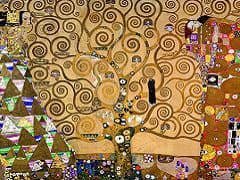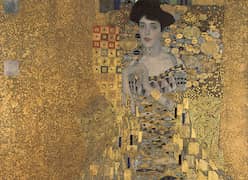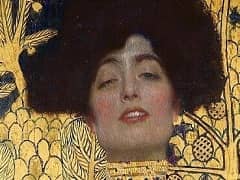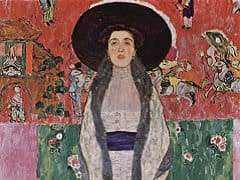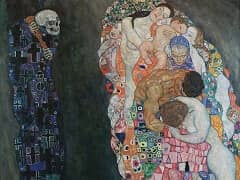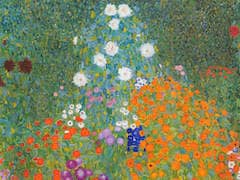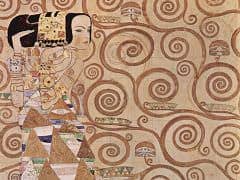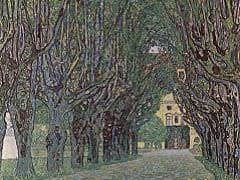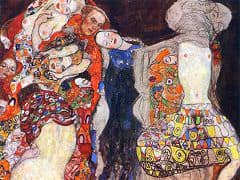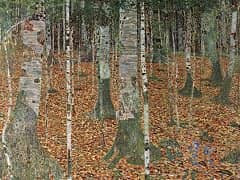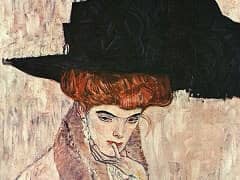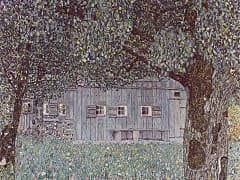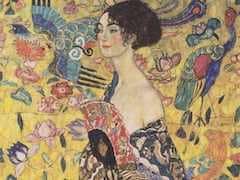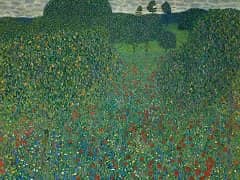Garden of Flowers, 1917 by Gustav Klimt
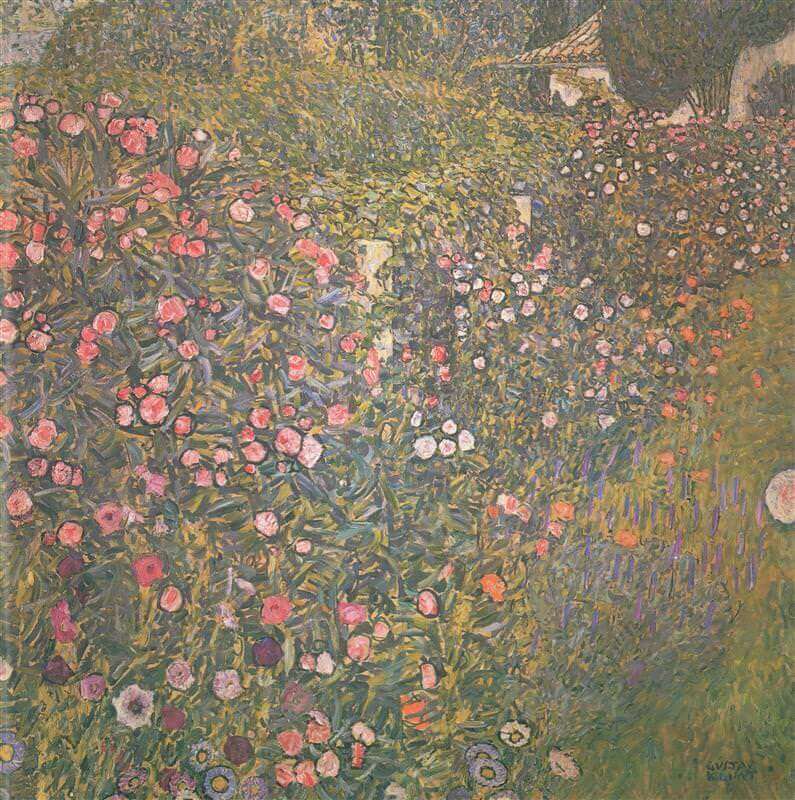
In his life, Klimt painted 54 landscapes out of a total of 230 pictures. This was one of the last, from the final holiday spent with Emilie, his lifelong companion, before his sudden death just
six months later at the beginning of 1918. He called out for her as he was dying.
Although we can see the influence of Post-Impressionist style of Gauguin and Cezanne, Garden of Flowers is more
concerned with transcendence than realism. It is an expression of love and harmony with the natural world, a quest that absorbed him all his working life. Klimt never saw the end of the First War
World, and even here it is worlds away, never touching his methodical life-style. This was a man of deeply in-grained habits, who always lived with his mother and unmarried sisters and breakfasted
at the Tivoli Cafe in Vienna's Schonbrunn before going to work all day in his studio without a lunch-break. Strangely, for an artist, he feared changes to his routine, even holidaying in the same
place almost every year of his life. Perhaps this is not surprising from a man whose work concerns pattern and its contribution to form and order. Even in his landscapes, nature's structure is
artistically reorganized and then worshipped


